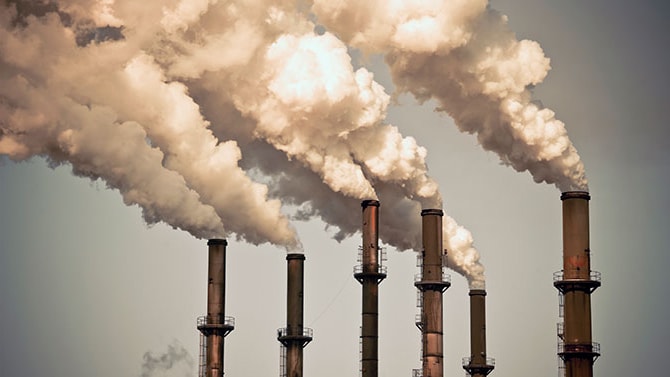- One of the most hotly debated topics among the global community is the harmful effects of greenhouse gas emissions on the environment and the accompanying degradation causing havoc on the economy itself. None of the countries are spared of the vagaries of environmental degradation vis-à-vis unseasonal rains, rise in temperatures, heat waves, severe droughts, unanticipated snowfalls, thunderstorms, and disruptions caused because these occurrences have had a telling effect on humanity of late. The seasonal occurrences that were so regular a couple of decades back have been replaced by extreme irregularities leading to widespread destruction. Yes, the reasons for the present state of environmental degradation have been done to death.

PC: Ecologi
- No harm in reiterating yet again though. The present-day world is modernity-driven with an emphasis based on development everywhere in line with the fast-changing times. With the amount of newer technology-based innovations, inventions, developments, and growth on unprecedented lines, the pressure on natural resources is enormous. The burgeoning population around the world entails even more pressure on the governments to provision basic and more amenities for citizens. With land availability coming at a premium, the only way left for the government authorities to accommodate incremental requirements for provisioning amenities is to target eco-sensitive forest areas in the name of development. How’s India handling it?

PC: PwC UK
- The recently released State of Forest report, even taken at face value, shows what’s wrong. Pell-mell afforestation isn’t the answer. The health of forests is a critical indicator of the health of a nation, one that speaks to its future in an elemental way. A nation not alive to the work of strengthening its forests is unconscionably deaf to climate change warnings. This is why the India State of Forest Reports draws so much attention. The latest one assures that 22% of the country has forest cover. It says 2.29 billion tonnes of additional carbon sink have already been reached, relative to our Paris commitment of carbon sink of 2.5 to 3 billion tonnes of CO2 equivalent through additional forest and tree cover by 2030.

PC: Global Witness
Of course, experts are heatedly debating the report’s methodology choices. But even a straight reading of its data makes clear that complacency is not an option at all. The decline in forest cover across eight mountain states is worrisome. The cause is human factors combined with persistent hotter and drier weather. Indeed, mitigation is entirely in human hands. From empowering the van panchayats to putting the reins on construction activity, there is so much govts should do with urgency, which they are barely doing. Several states continue to ride the compensatory afforestation bandwagon pell-mell. One day we will surely repent. But what’s being destroyed is beyond our ability to recreate. The policymakers must seriously pursue stopping deforestation.






